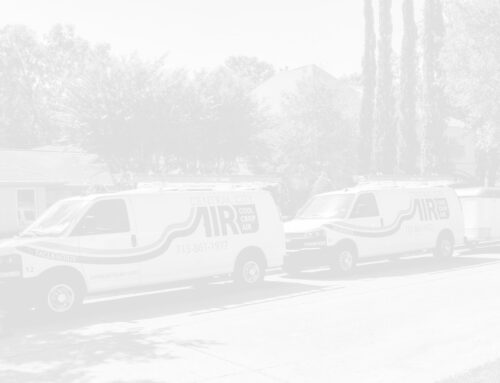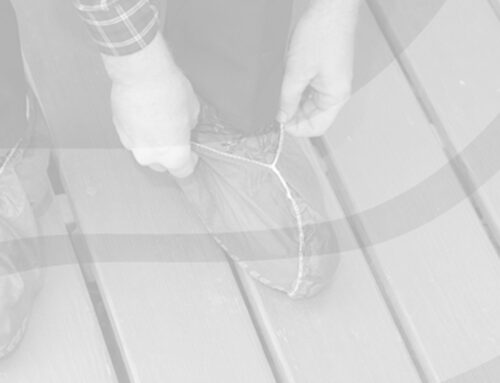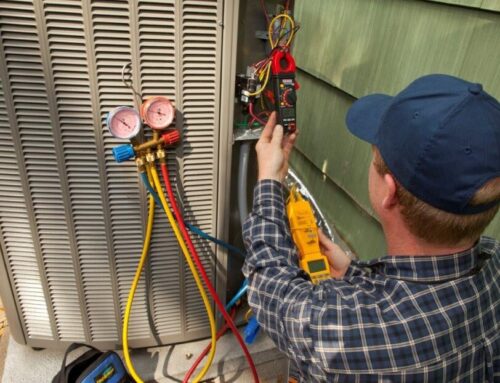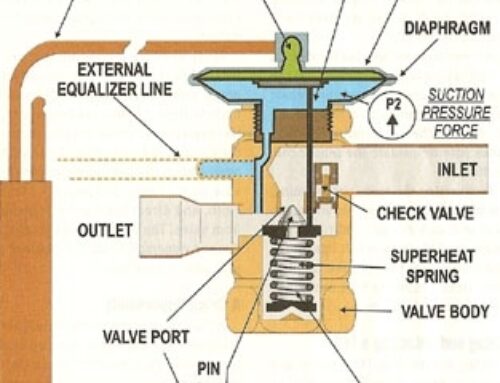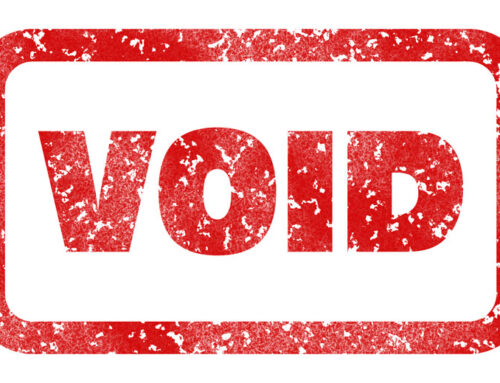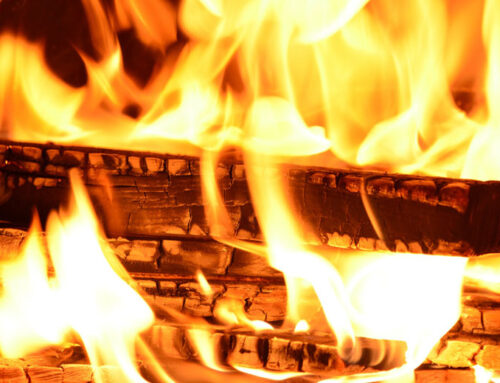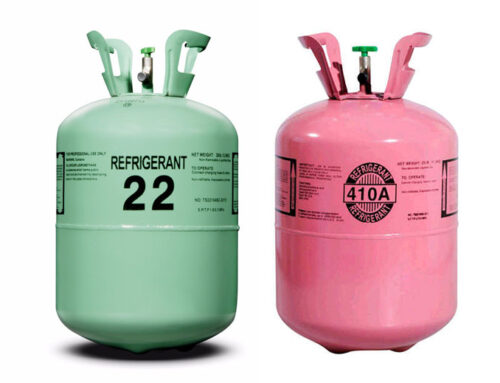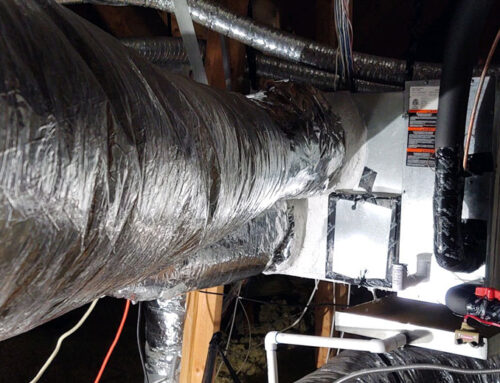Two Types of Heat
An article by David Debien (2002)
All homes have 2 types of heat in the air: dry heat and wet heat. We identify dry heat as sensible heat and wet heat as latent heat. Dry, sensible heat, the heat the thermometer and thermostat measures, comes into a home environment in several ways. From the inside, heat is rejected, or given off, by all human and animals that live in a house and are forced into the living environment. Plants and food also contribute to the amount of rejected heat that permeates in the air in the house. From the outside, dry heat enters into any structure as the sun heats the skin of the house. Insulation retards some of the sensible heat built-up in the home, but cannot completely stop the transfer. The better the house is designed, the less sensible heat gain the structure transfers. Newer homes designed with vent skin constructions have the lowest heat gains of any design used in this area. Glass is another major transfer surface. Like different types of siding, the type of glass can affect the amount of heat that transfers into the home.
The other heat we see in our homes is the wet heat, a.k.a. latent heat. Latent heat transfers different than dry, sensible heat does. Wet heat is measured as a percentage to dry heat. It is noted as relative humidity. This means wet heat is a percentage of moisture that is in air at a given temperature. For example 75° air with 50% relative humidity is air that is holding 50% of the maximum that is can hold. When air is 100% relative humidity the atmosphere will begin to precipitate rain. Homes very rarely reach 100% relative humidity but water can still accumulate in the house due to high levels of humidity in the air. Wet, latent heat will condense whenever the air in a home has reached dew point. In such a condition, water in the air will condense on any surface that is below dew point. A glass of ice water is soon is lowered to dew point and water in the air accumulates in droplets on the very cold surface. This process is call condensation of latent heat.
Since water is a vapor in the air until it condenses out, it is exerting a pressure in the atmosphere. If the humidity outside is higher than the humidity inside, moisture will pass from the higher humidity area to the lower humidity area. This process is slowed by the building structure but cannot be completely eliminated. Moisture is always traveling from higher to lower vapor pressures. Lower relative humidity is desirable as humidity in our home above 55% can make the air feel “clammy” and sort of sticky. However, too low of a relative humidity can dry out the air and feel uncomfortable to the skin and cause difficulty breathing. Higher humidity, or over 60%, can generate mold in your home. The most difficult time to control humidity is in the middle of the night. This is when the design of the system shows its best performance level. If you are keeping the humidity at 55% at night your system design is excellent and the performance is outstanding

